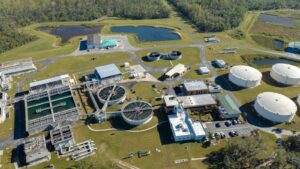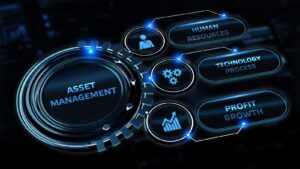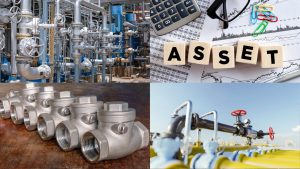A Building Management System (BMS) is a computer-based system with hardware and software that controls and monitors the temperature and the environment of a building. It is typically used to monitor lighting and HVAC (heating, ventilation, and air conditioning) conditions. However, it may also include elevators, motion detectors, smoke detection, and other security, access control, and safety systems. The services a BMS offers differ according to a person’s requirements, so the exact term for identifying such systems varies. They may be called a Building Automation System (BAS) or a Building Management and Control System (BMCS). Where it exclusively concerns the control and monitoring of energy-related systems through power distribution, energy consumption, and uninterrupted power supplies (UPS), it is called a Building Energy Management System (BEMS).
BMS is generally integrated into large commercial buildings, which can be controlled according to a person’s wishes, regardless of size. By incorporating a BMS system, facility managers can automate and regulate major mechanical and electrical systems to be as energy-efficient as possible. However, maintaining the mechanical assets in the BMS system can be difficult. This is a common issue faced by many, and due to its spontaneous breakdowns and other threats, companies waste energy and finances whilst creating unsustainable environments with increased CO2 emissions, thereby making the implementation of a BMS system counterproductive. To avoid such dangers, mechanical asset managers require real-time data and predictive insights so that the mechanical infrastructure in BMS is in excellent condition.
Four Ways to Optimally Manage Mechanical Assets in Your BMS
It is wrong to presume that merely implementing a BMS system would improve the overall functions of a building. A BMS will fail to execute its core function to save energy if the settings are not updated according to the type of building or if the facility manager fails to maintain its mechanical assets long-term. A case study published by the US Department of Energy states that improperly configured BMS systems result in 20% of unnecessary building energy usage. However, facility managers can gain from investing in a BMS system if one of the following four methods are implemented to manage mechanical assets optimally:







